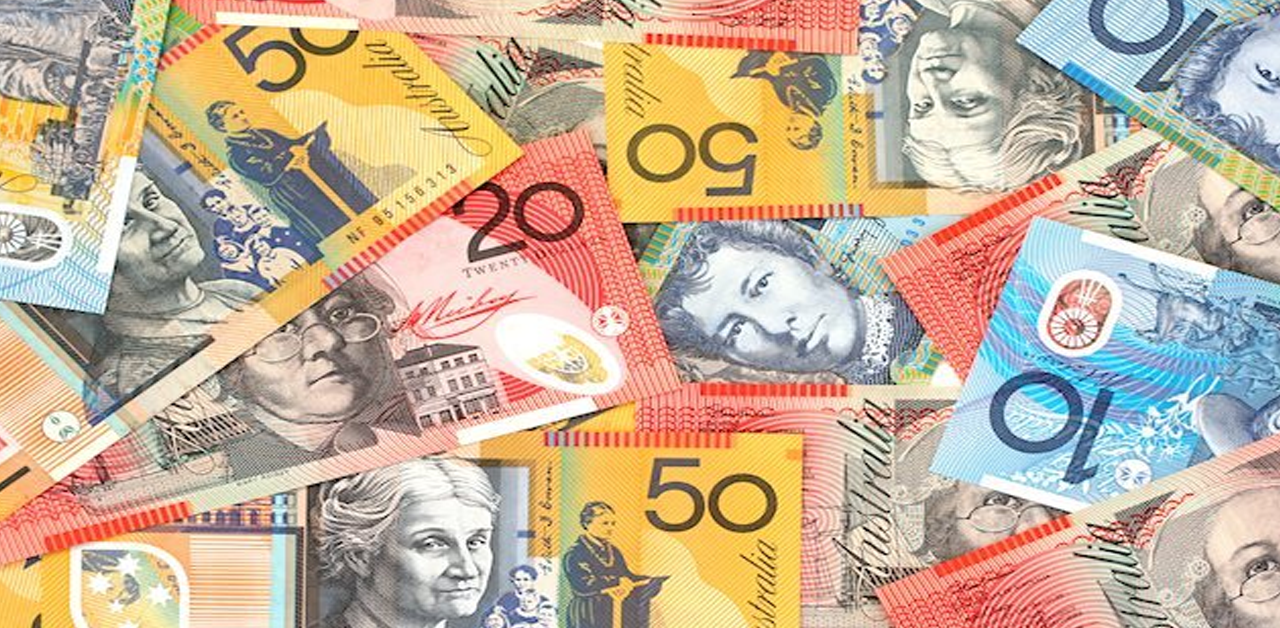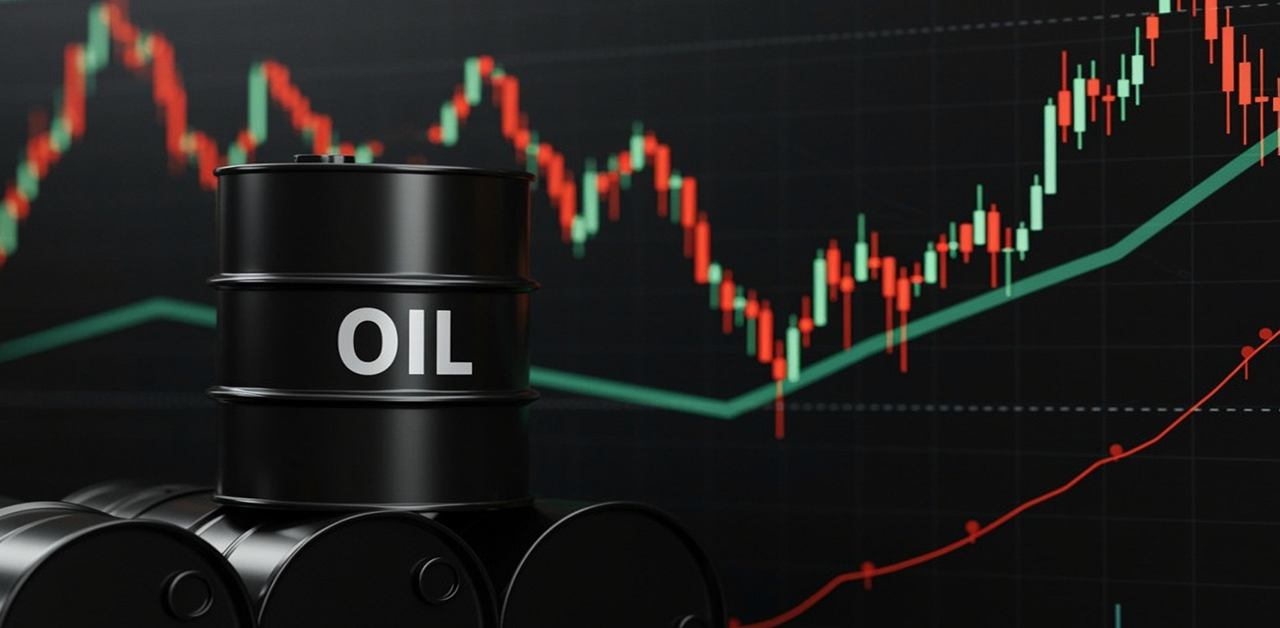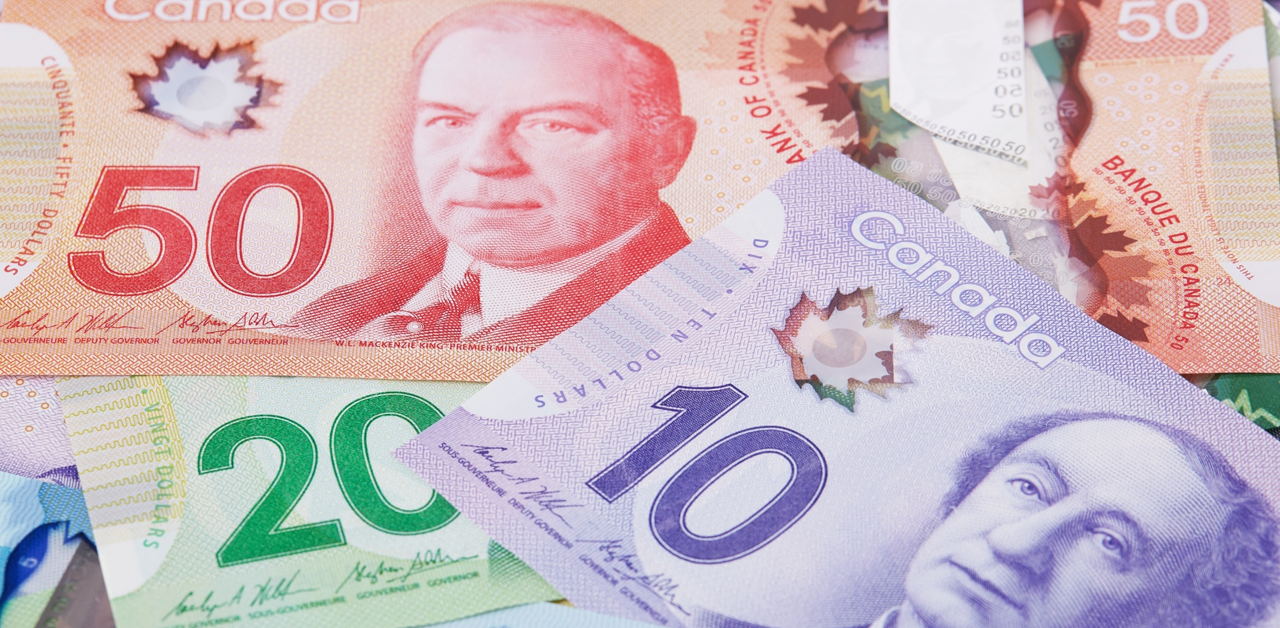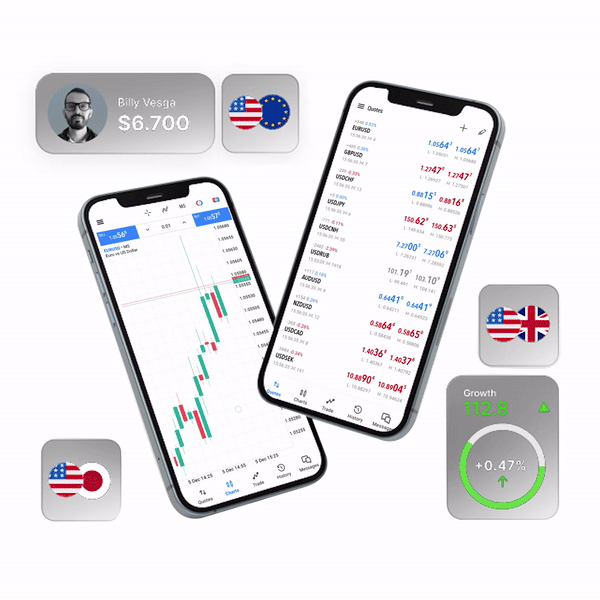The Australian Dollar (AUD) extended its winning streak for a fourth straight session on Wednesday, rising above 0.6550 against the US Dollar (USD) as improved market sentiment and trade optimism continue to support risk assets. The AUD/USD pair is trading near 0.6560 in early Asia, driven by positive geopolitical developments and easing concerns over global trade.
Market confidence got a boost after US President Donald Trump announced a significant trade deal with Japan, which includes a 15% tariff on Japanese exports and a $550 billion investment commitment from Japan into the US. Additionally, momentum in US-China trade talks ahead of the August 12 deadline is further lifting sentiment.
Meanwhile, the Westpac-Melbourne Institute Leading Index signaled slowing economic momentum, with the six-month annualized growth rate dipping to 0.03% in June. The decline reflects softer commodity prices, weaker sentiment, and a reduction in hours worked.
The Reserve Bank of Australia’s (RBA) latest meeting minutes revealed a cautious approach to further rate cuts, with the board preferring to wait for more evidence of slowing inflation before acting. Most members agreed that another round of aggressive easing—after three cuts in four meetings—would not align with the bank’s gradual strategy.
Weaker US Dollar Adds Tailwind
The US Dollar Index (DXY) has been under pressure, sliding toward 97.50 as risk sentiment improves and policy uncertainty lingers. Investors are awaiting the US S&P Global PMI data due Thursday for fresh cues on economic health.
Trade policy remains a hot topic in the US, with Commerce Secretary Howard Lutnick confirming that new tariffs will take effect on August 1. Meanwhile, speculation swirls around Fed independence, as Trump denied reports suggesting he plans to fire Fed Chair Jerome Powell. Additionally, Republican Congresswoman Anna Paulina Luna has accused Powell of perjury related to the Fed’s building renovations, further politicizing the central bank’s operations.
Diverging views within the Fed also cloud the rate outlook. While Governor Christopher Waller supports a rate cut at the July meeting due to rising risks, Governor Adriana Kugler advocates patience, warning against premature easing. San Francisco Fed President Mary Daly called two cuts this year a “reasonable” expectation, noting rates could settle above 3% in the long term.
China’s Steady Policy Supports AUD Strength
As a key trading partner to Australia, China’s policy moves also influence the Aussie. The People’s Bank of China (PBoC) held both the one-year and five-year Loan Prime Rates unchanged this week, signaling policy stability. China’s Commerce Minister reaffirmed strong US-China trade ties, calling mutual benefit the core of commercial cooperation.
Technical Outlook: AUD/USD Maintains Bullish Momentum
Technically, AUD/USD remains supported by strong buying interest. The pair is trading above the nine-day Exponential Moving Average (EMA) at 0.6537 and shows a bullish bias with the 14-day Relative Strength Index (RSI) above 50. The next key resistance is at the eight-month high of 0.6595, last seen on July 11. A break above could open the path toward 0.6670 near the upper boundary of the ascending channel.
On the downside, support is seen at the 50-day EMA of 0.6497, with further weakness likely if the pair dips below 0.6470–0.6454—marking the ascending channel’s lower boundary and the July 17 low.












